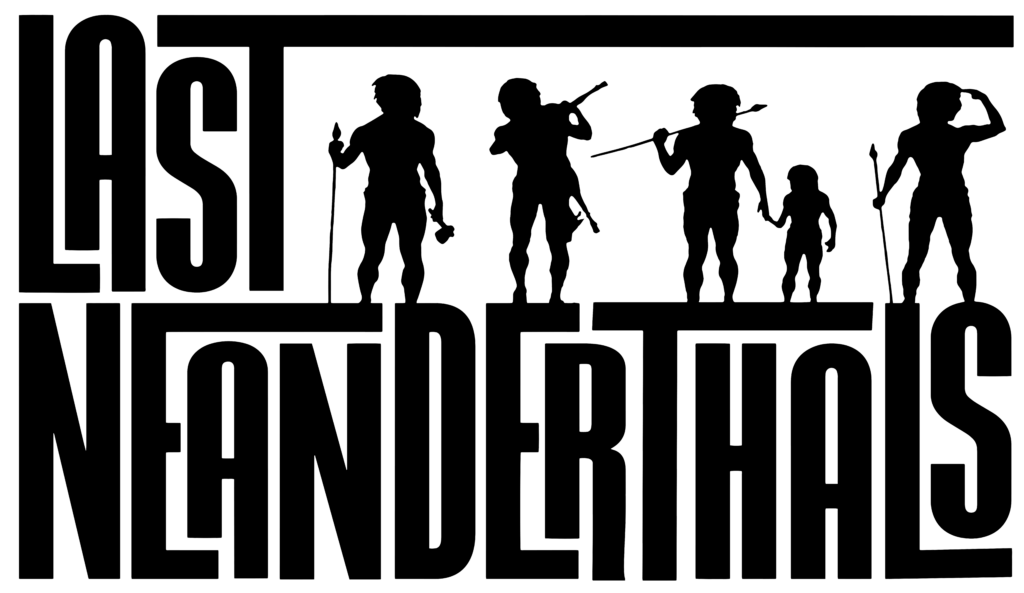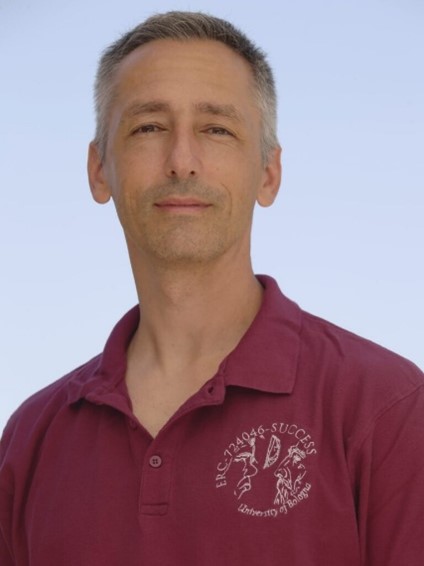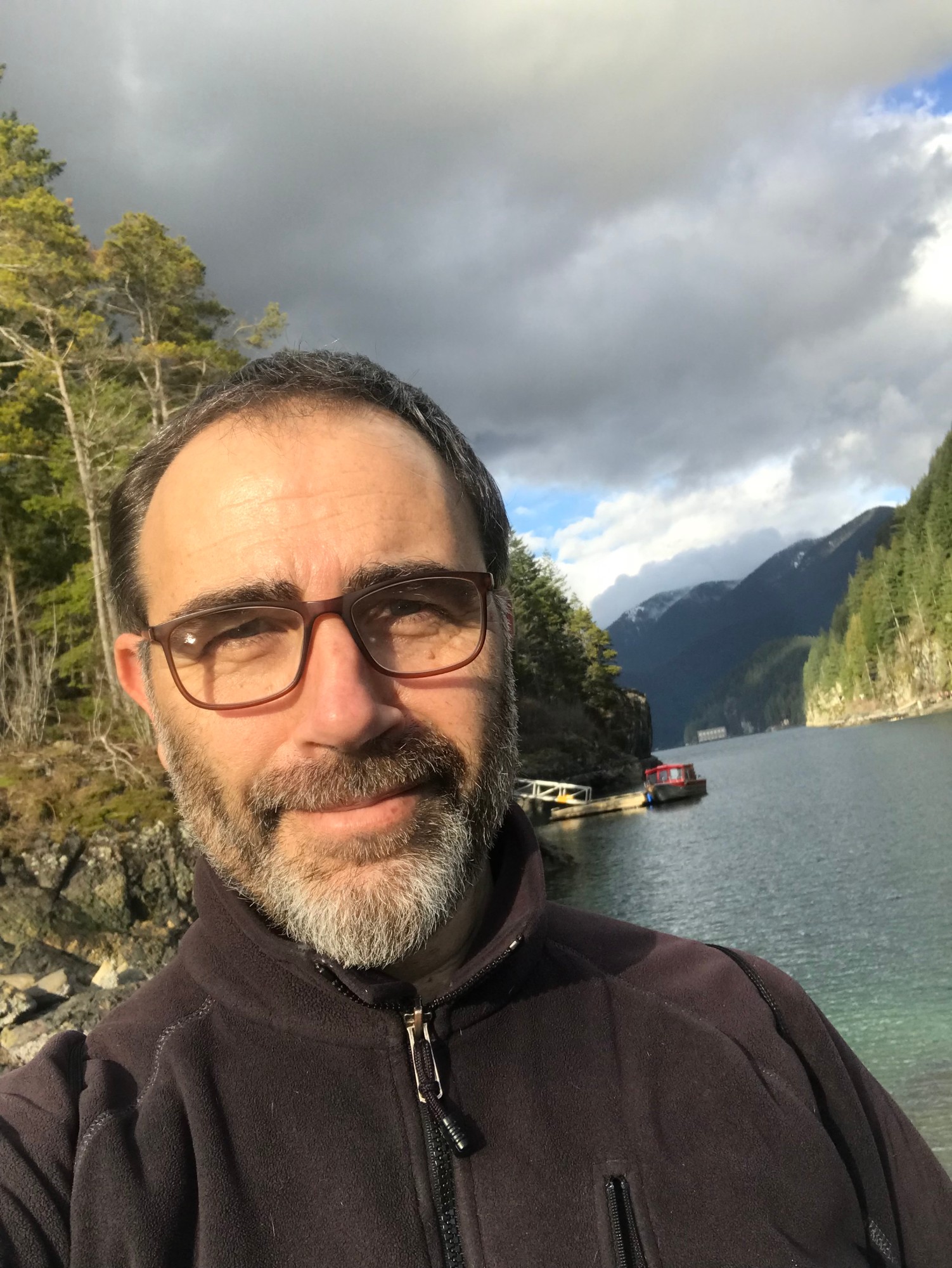Data Integration and Biocultural process Modeling
Work Package 5
activities
This research component focuses on synthesizing the diverse datasets produced across the project – archaeological, environmental, biological, and genetic – into a coherent analytical framework. In collaboration with Bortolini (University of Bologna), the aim is to ensure that cultural, ecological, and biological evidence can be directly compared and jointly interpreted.
By integrating these data streams, the project will generate new models and hypotheses to explore Neanderthal population dynamics from their core geographic regions – moving beyond interpretations based on peripheral sites. These models will serve as the foundation for innovative theoretical simulations, enabling researchers to fine – tune key parameters related to human behavior and demography.
We will track changes in material culture (e.g., lithic and bone tools, ornaments, engravings, pigments) across time and space, using both quantitative and categorical variables. Time-series datasets will be developed for cultural diversity, faunal remains, and subsistence patterns, and these will be compared against paleoclimatic, fossil, and demographic records to identify possible correlations.
Population trends will be estimated using multiple proxies, including carrying capacity, summed probability distributions of radiocarbon dates, genetic effective population sizes, and site occupation intensity. The goal is to identify technological innovations that occurred independently of environmental shifts, and to test these findings against existing or newly generated models of Neanderthal – Homo sapiens interaction. This will help identify the most plausible scenarios for Neanderthal extinction.



